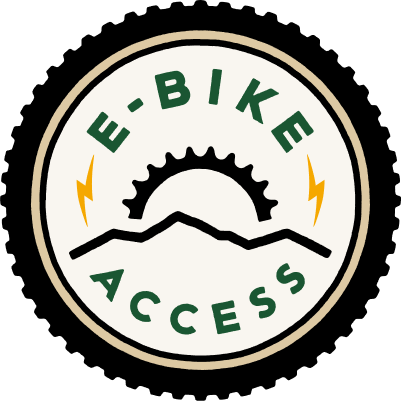BRIEF HISTORY OF MMWD CONSIDERATION OF EBIKES
2011
MMWD includes “motorized bicycles” in definition of “motor vehicles” barred from operating on district lands. (Ord. 422 §7, 2011). The origins of this change are unknown, but it probably did not pertain to e-bikes which were not in existence at that time.
2015
State of California classifies Class 1 and 2 e-bikes as “bicycles,” not “vehicles,” with equal access as other bicycles, unless local jurisdictions pass ordinance prohibiting use on specific roads/trails. (AB 1096, codified as Section 21207.5 of the California Vehicle Code).
MMWD does not pass any such ordinance. Its 2011 ordinance refers only to “motorized bicycles” and does not include the new and different category created by AB 1096, “electric bicycles.”
2018
With increasing use of e-bikes, MMWD staff improperly threatens enforcement of its 2011 ban on motorized bicycles despite the lack of any ordinance banning e-bicycles.
2019
MMWD forms Community Advisory Committee on E-bikes to “develop reasonable and actionable recommendations to guide next steps relating to Ebike access. Where possible, the CAC will develop consensus-based recommendations to staff to present to the MMWD Board of Directors to aid in the Board’s decisions regarding Ebike use.”
MMWD Staff Presentation to CAC, September 10, 2019: “ADA Compliance – Type-1 Ebikes are currently considered an ADA mobility device, and therefore, are permitted anywhere an ordinary bicycle would be permitted on Watershed lands.”
2020
After series of meetings, ebike opponents on Community Advisory Committee refuse to adhere to charter requirement to propose compromise; committee majority comprised of environmental leaders and bicycle enthusiasts recommend treating ebikes the same as other bicycles consistent with California law.
MMWD staff recommends allowing class 1 ebikes on fire roads for trial period of up to three years. But MMWD board declines to approve.
Recording of MMWD Board meeting, 12/15/20
2021
MMWD retains $266,000 consultant to develop “recreation management plan” including an ebike policy.
2022-23
MMWD conducts Watershed Data Collection Survey, and holds series of workshops and site visits. Most survey respondents are hikers. A large majority agree the condition of the fire roads and trails are “good” to “great.” Only 1% report feeling “unsafe” for reasons ranging from coyotes and dirty porta-potties to dogs off leash and reckless cyclists. A majority of hiker-heavy respondents favor allowing e-bikes.
2024
After lengthy process, MMWD releases its “recreation management planning feasibility study” recommending e-bike and multi-use trail pilot programs. Class 1 E-bikes will be allowed everywhere conventional bicycles are allowed, including the multi-use pilot trails. The staff is screening 14 trails to select a few for the pilot program. The trails under consideration are:
Lakes Area: *Sunnyside *Pumpkin Ridge *Fish Gulch *Madrone Trail *Pilot Knob *Concrete Pipe
Top/Mid Mountain Area: *Mountain Top *Middle Peak Rd. *Air Force Throughway *Arturo *Lakeview *International *Northside
Pine Mountain Area: *Grassy Slope Rd.
Note: Despite fact that hikers have 60 miles of exclusive-use trails, the staff does not plan on any bicycle-only trails. The pilot will include only shared use trails.
NOTE: By contrast to MMWD, the GGNRA officially permits ebikes on most fire roads and trails where other bicycles are allowed. See Exhs. 20 and 21, https://www.nps.gov/goga/learn/management/upload/508_2020-GOGA-Compendium-Exhibits_sm.pdf.

